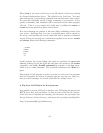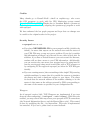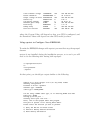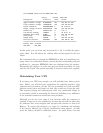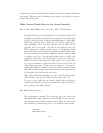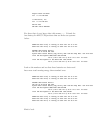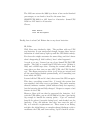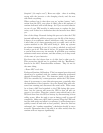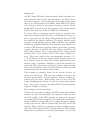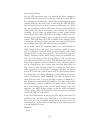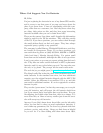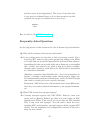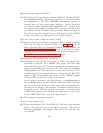The 1250 can outrun the 3000 by a factor of two under identical
percentages, or run head to head for the same time.
SMART-UPS 3000 is a 48V based or 4 batteries. Smart-UPS
1250 is a 24V based or 2 batteries.
Cheers,
Andre Hedrick
Linux ATA Development
Finally, here is what Carl Erhorn has to say about batteries:
Hi, Folks.
Well, Kern was absolutely right. The problem with my UPS
was batteries. It was unexpected though, because there was no
indication of a bad battery right up until the UPS failed entirely.
For those who might encounter the same thing, and don’t know
what’s happening (I didn’t either), here’s what happened.
A week or so ago, I turned on one of my SmartUPS 700-NET
models. The load is a small dual P-III unix server (Solaris 8,
X86) and a 4MM tape drive. During the normal selftest that
runs when you first turn on any APC UPS, the UPS ’freaked
out’. The alarm stuttered at about 4 or 5 beeps per second, and
all the panel lights flashed spasmodically, as if something was
loose inside the UPS.
I turned off the UPS and it’s load, then turned the UPS on again.
This time, everything seemed fine. I booted the system that
was attached, and there were no problems. The status monitor
showed 9 minutes runtime (which indicates fairly low capacity),
but the batteries showed fully charged. I began to suspect a bad
inverter in the UPS.
However, Kern told me that he suspected the batteries. So I
took the UPS offline, put an old SU-600 in it’s place (just barely
big enough to handle the startup peaks - I get an ’overload’
lamp lit for about 2 seconds during boot), and checked out the
batteries. They did indicate that they were near the end of
life, so I ordered a replacement set. Those came in on Friday,
and after the initial charge, a complete charge/discharge cycle to
recalibrate the UPS, and some testing, I put it back in service.
90



